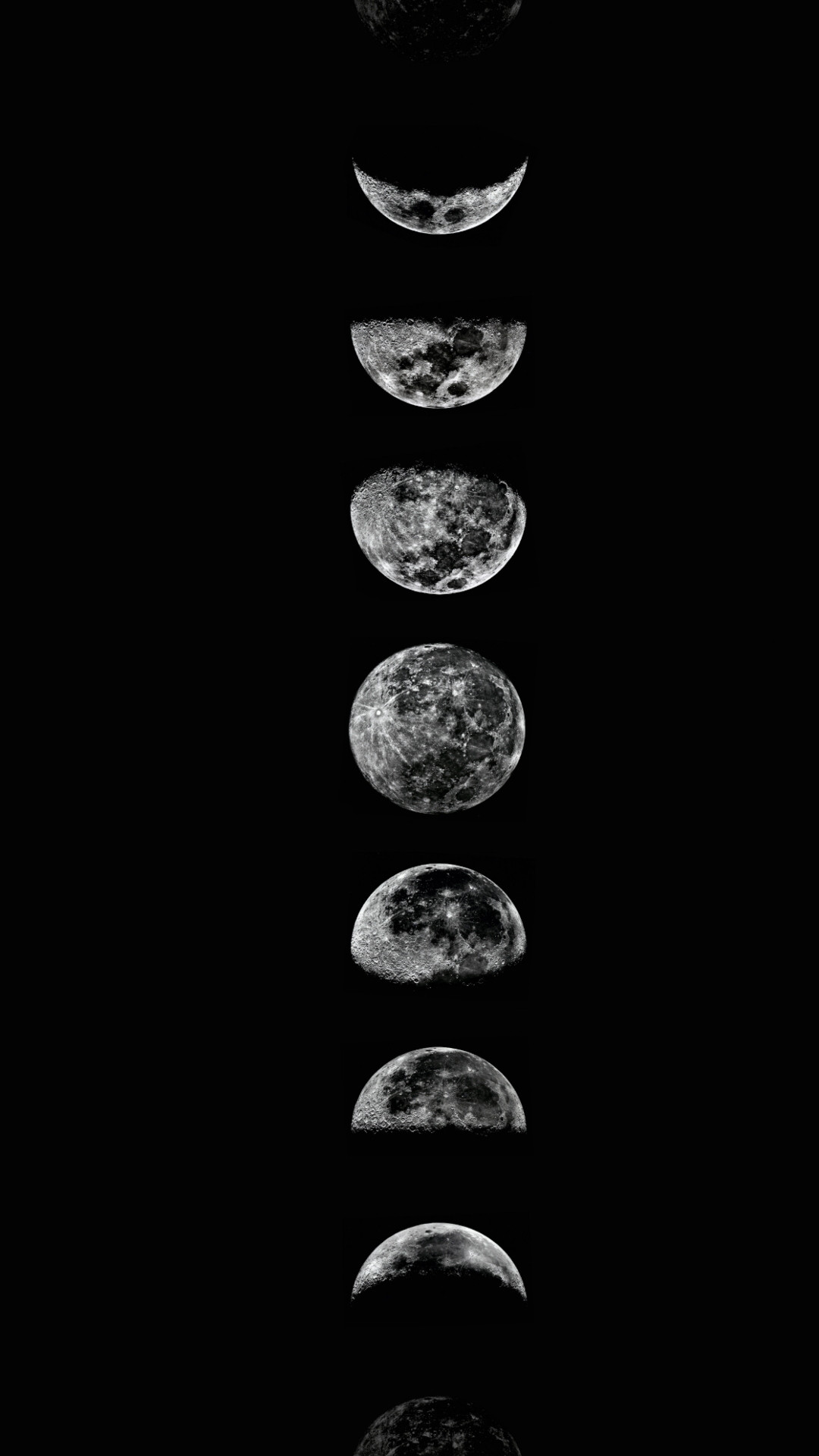
Full Moon calendar 2024: Names, dates and symbolism
Image Source : GoogleWolf Moon - January 25: Symbolises winter's peak, named after wolves howling hunger in cold.
Image Source : GoogleSnow Moon - February 24: Reflects snowy landscapes, signalling cold intensity, aiding hunting and survival in ancient times.
Image Source : GoogleWorm Moon - March 25: Marks earthworm emergence, signifying spring's arrival, prompting planting and renewal of life.
Image Source : GooglePink Moon - April 24: Represents pink phlox flowers, indicating spring's bloom and time for planting crops.
Image Source : GoogleFlower Moon - May 23: Celebrates the peak of spring and blooming of abundant wildflowers.
Image Source : GoogleStrawberry Moon - June 22: Marks strawberry harvesting season, signifying abundance and ripeness in nature's cycle.
Image Source : GoogleBuck Moon - July 21: Time for male deer to shed their antlers and prepare for mating season.
Image Source : GoogleSturgeon Moon - August 19: Coincides with an increased amount of sturgeon fishes, symbolising plentiful fishing opportunities and sustenance.
Image Source : GoogleHarvest Moon - September 18: Aids farmers in harvesting crops, providing extra moonlight during the crucial harvest season.
Image Source : GoogleHunter's Moon - October 17: Traditionally used for extended hunting under the bright moonlight.
Image Source : GoogleBeaver Moon - November 15: Aligns with beaver activity, indicating time for gathering resources and preparing for colder months.
Image Source : GoogleCold Moon - December 15: Signifies the onset of winter's chill, urging preparation for cold weather and introspection during long nights.
Image Source : GoogleNext : 5 foods to eat after meals to boost metabolism